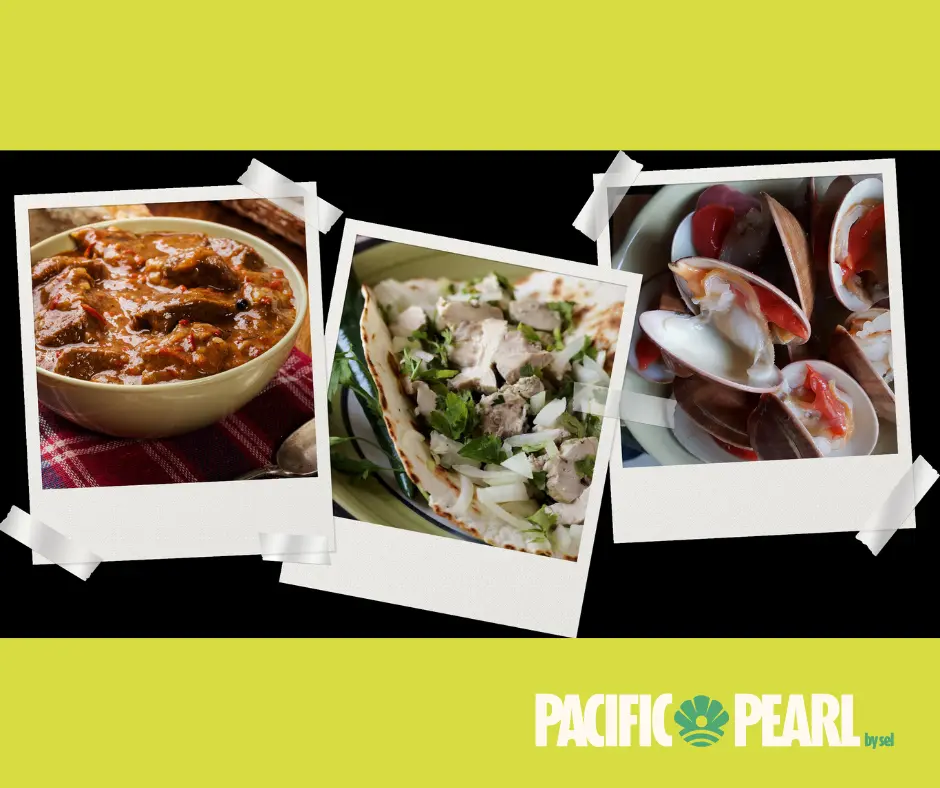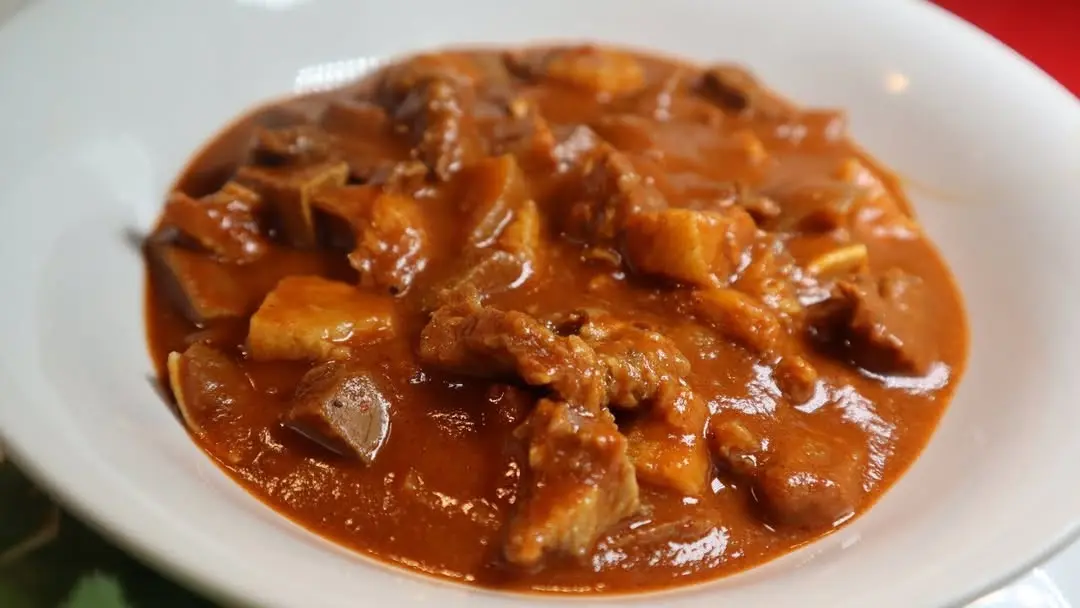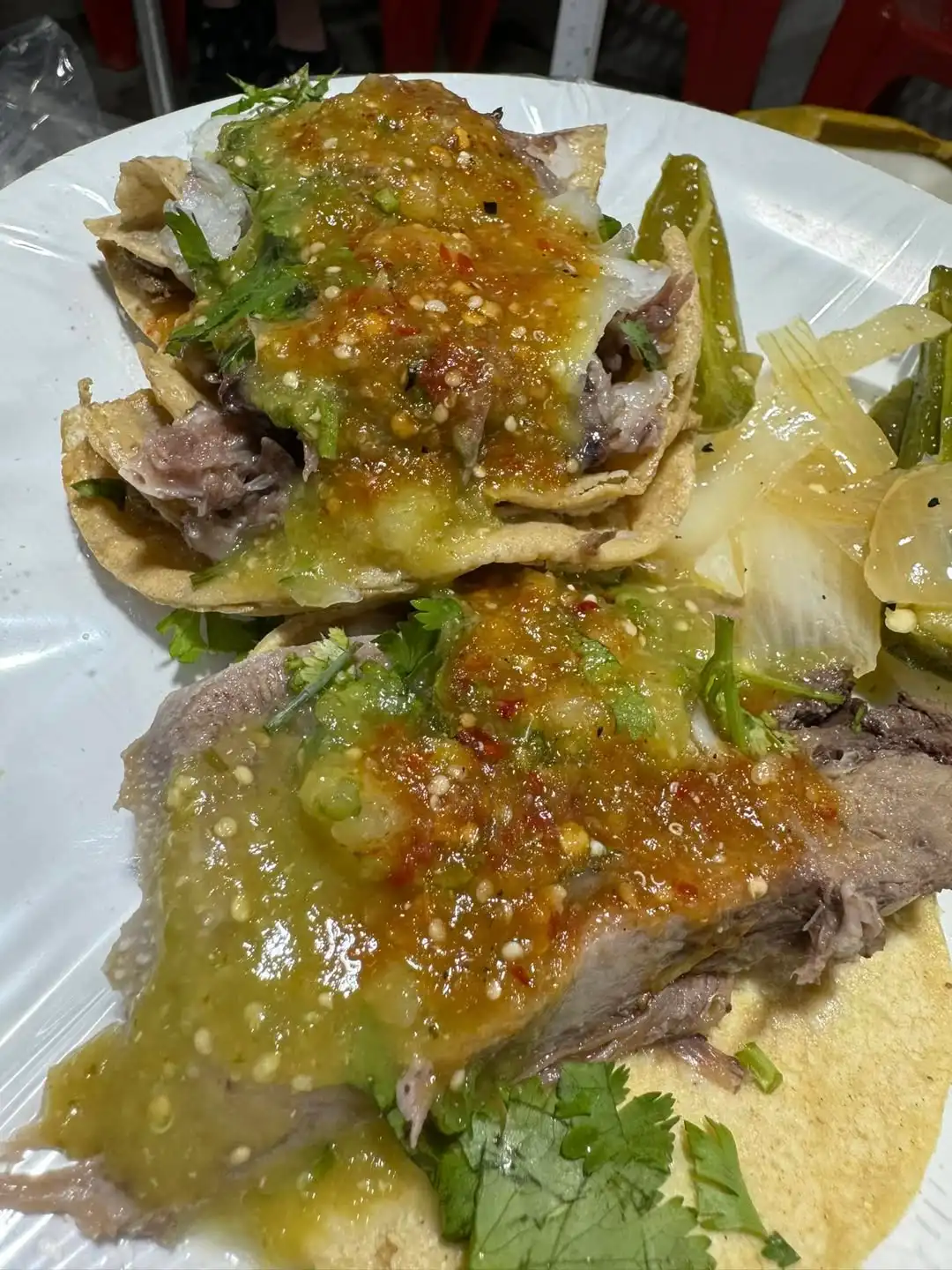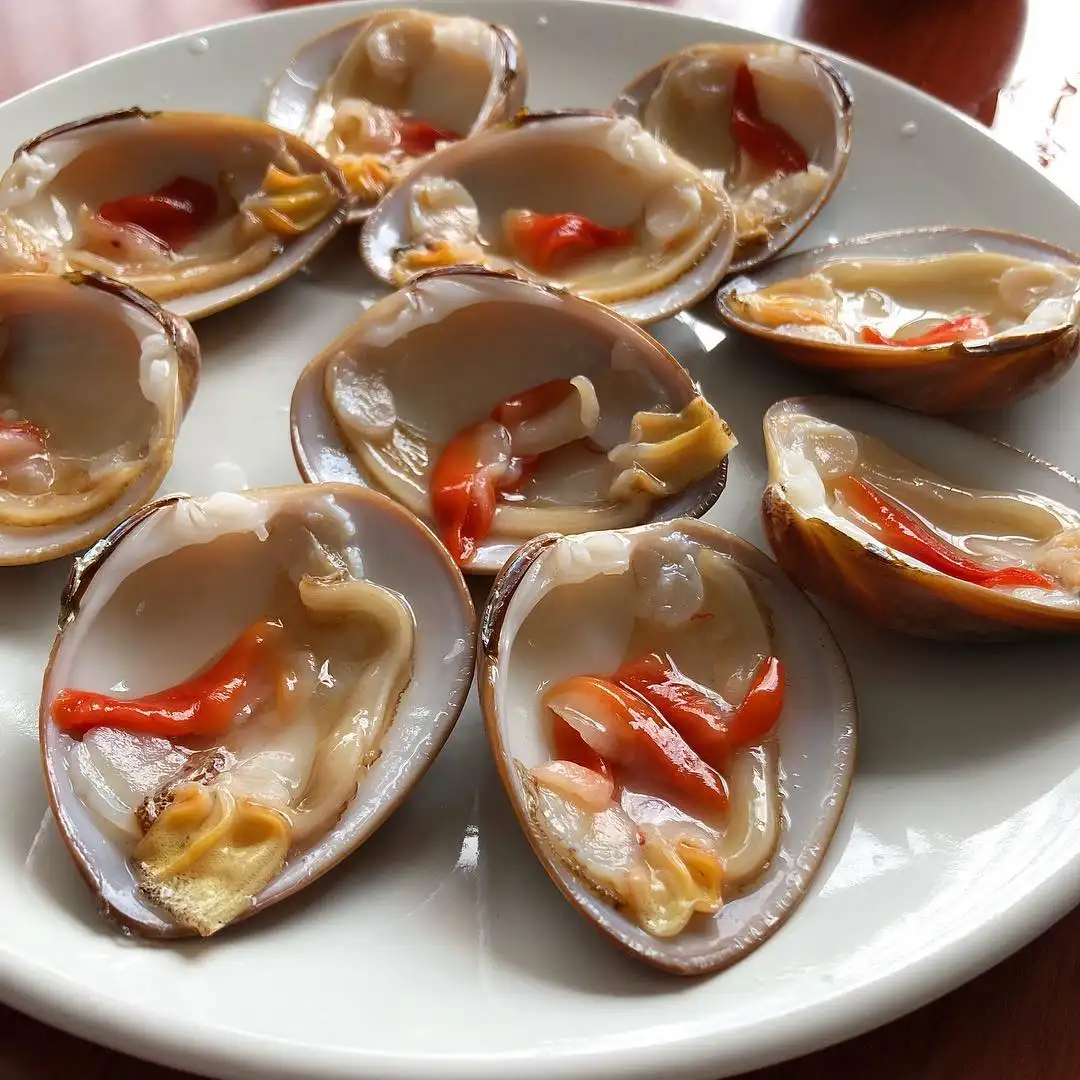By Maaike Hoekstra
The Flavor Teller
What is it about Mexican street food that is so addictive? Is it the abundant lard, the freshly chopped cilantro or the mouthwatering spicy salsa? We keep coming back to our favorite eateries to relive these food memories. So what about the opposite side of the spectrum? The Mexican street food that we don’t like or think we don’t like. What is it about these dishes that we find disgusting?The ingredients, the texture or the smell? As a food tour guide I have seen that curious foodies have a tendency to actually enjoy uncommon flavors, if they don’t know what it is. So the disliking is really more about perception (“I don’t like tripe”), than the actual flavor of the dish (“This menudo soup tastes surprisingly good”). So let’s go on a culinary stroll along Mazatlán’s weirdest street food and talk about why you should give these dishes a try.
Some local specialties are created out of necessity. Only a few generations ago our (great) grandparents would use every part of the animal, when meat was a scarce commodity. Liver, head cheese and chitterlings were common dishes on kitchen tables. The reality in Mazatlán wasn’t so different. Families with lots of children had a hard time putting meat on the table. Beans and tortillas were the daily staple. Local butchers would sell pig’s insides (lungs, heart and liver) for a bargain price. Resourceful mothers would stew this with tomatoes and spices into what we now know as ‘Chanfaina’. There are only a few eateries around town that serve this specialty nowadays. So what does Chanfaina taste like? It has a texture similar to Chicharrón pork rinds and it is a must-try when in Mazatlán.
This is another specialty in the ‘I would never try this’-category. You can find it at your local Tacos de Cabeza stand, where it is offered next to its culinary cousins ‘cabeza’ beef cheek and ‘lengua’ tongue tacos. Its preparation takes several hours, where the beef head is steamed until tender. The beef cheek, tongue and brains are chopped finely and served with a scrumptious salsa verde on a corn tortilla. If you are new to these flavors, try the beef cheek tacos first because of its subtle flavor. Then step it up to tongue tacos which are equally tender and finally give those brain tacos a try.
Now this one is a tie between those who love oysters and those who don’t tolerate the swallow and-chew sensation. At local seafood restaurants you can find rock oysters and cultivated ‘ostion de placer’. But have you ever tried ‘almeja chocolata’ chocolate clams or ‘pata de mula’ blood clams? Chocolate clams live in the waters of the Sea of Cortés and along the Pacific Coast. Historically, they have been a humble food source for Mazatlán residents, who most enjoy them in raw, in-the-shell-like preparations. In recent decades, as regional Mexican cuisine has swelled in popularity, so have these pretty, mildly-flavored shellfish. The new flavor sensation in town is the ‘Almeja chocolata’ liter-size ceviche. You can find them at Almeja Chocolata El Millo in several locations around Mazatlán.
Do you crave authentic connection, culinary surprises, and vibrant culture? Let Flavor Teller show you the real Mazatlán, one bite at a time. You’ll get access to vendors that locals love—without the guesswork. Check out all our food tours online (www.flavorteller.com) or contact us via flavorteller@gmail.com.








Comments (0)